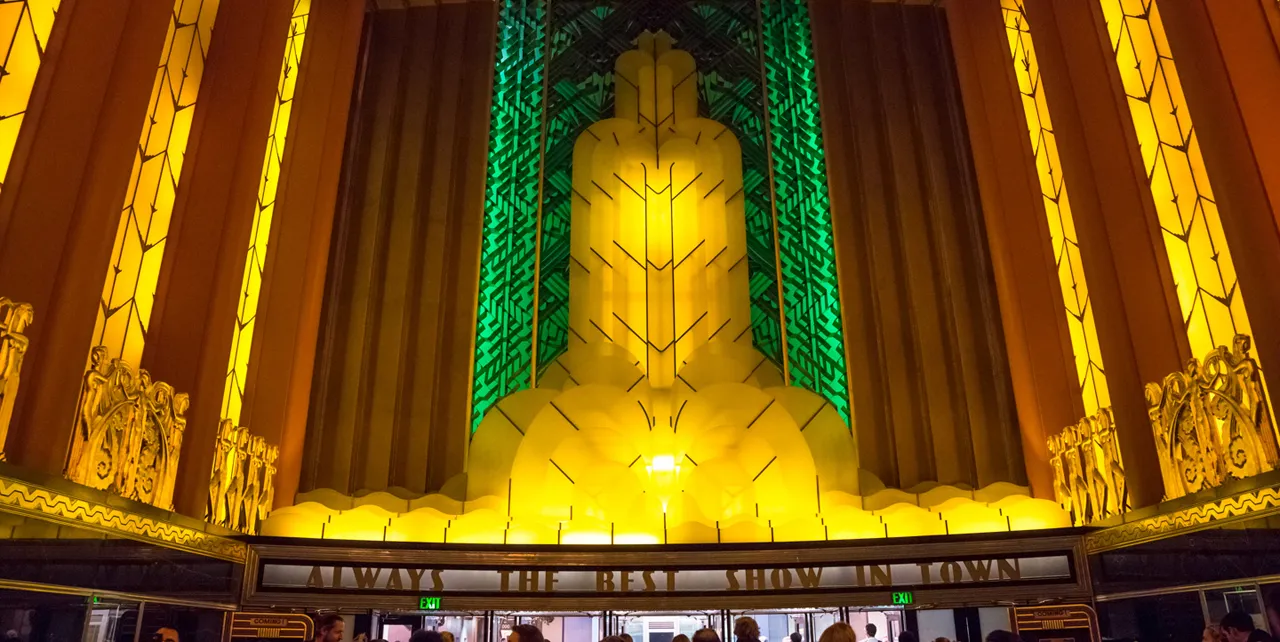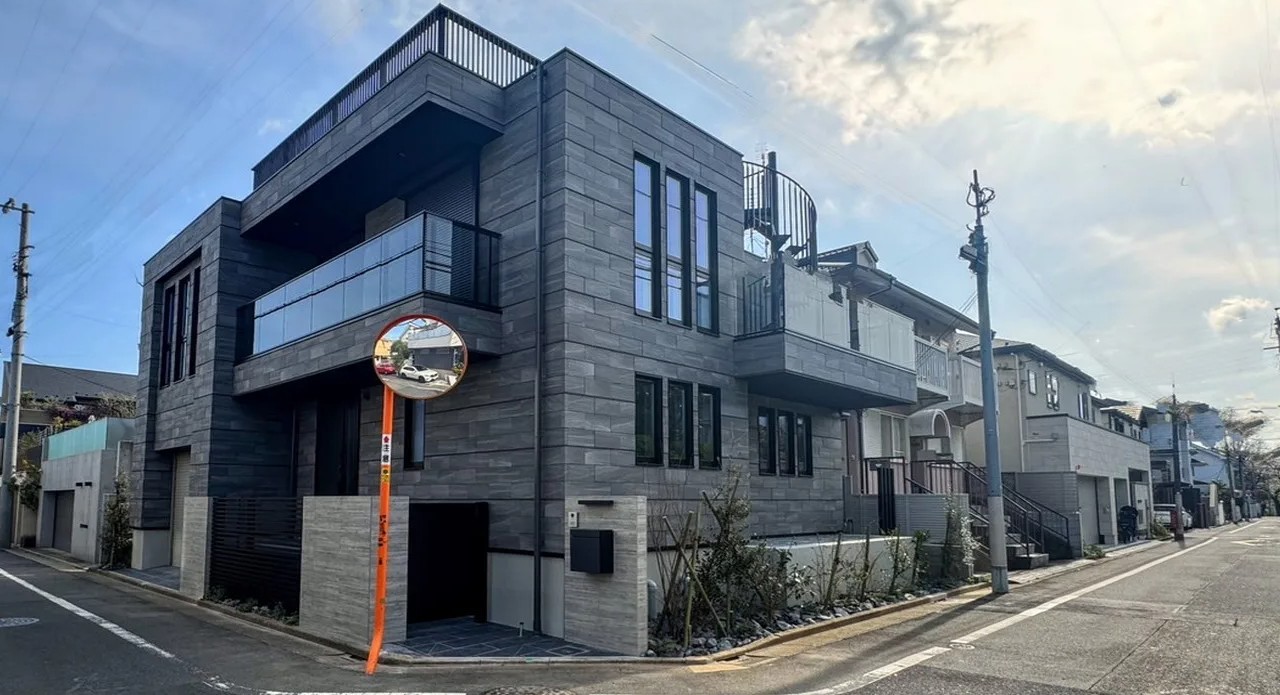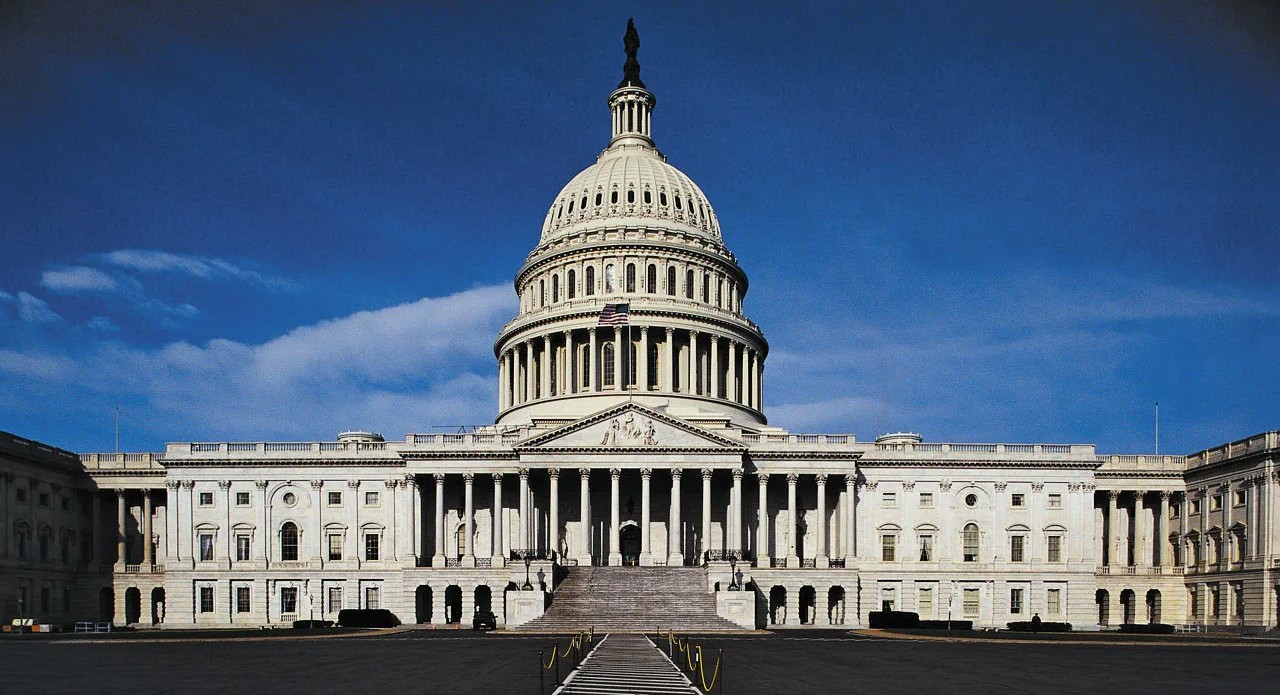In the decades following the First World War, the world was rebuilding and reimagining itself, and Art Deco emerged as a radiant symbol of progress and optimism. It was an aesthetic of luxury and precision, combining the energy of the machine age with the elegance of handcrafted design. Art Deco architecture rejected the ornate excesses of the past and embraced a new era where geometry, symmetry and craftsmanship stood at the forefront. The movement took its name from the Exposition Internationale des Arts Décoratifs et Industriels Modernes held in Paris in 1925, a showcase that celebrated the marriage of art, industry and innovation. What began as a French decorative art movement quickly evolved into an international language of design, merging influences from Cubism, Futurism, Ancient Egypt and Aztec art into one unified visual style.
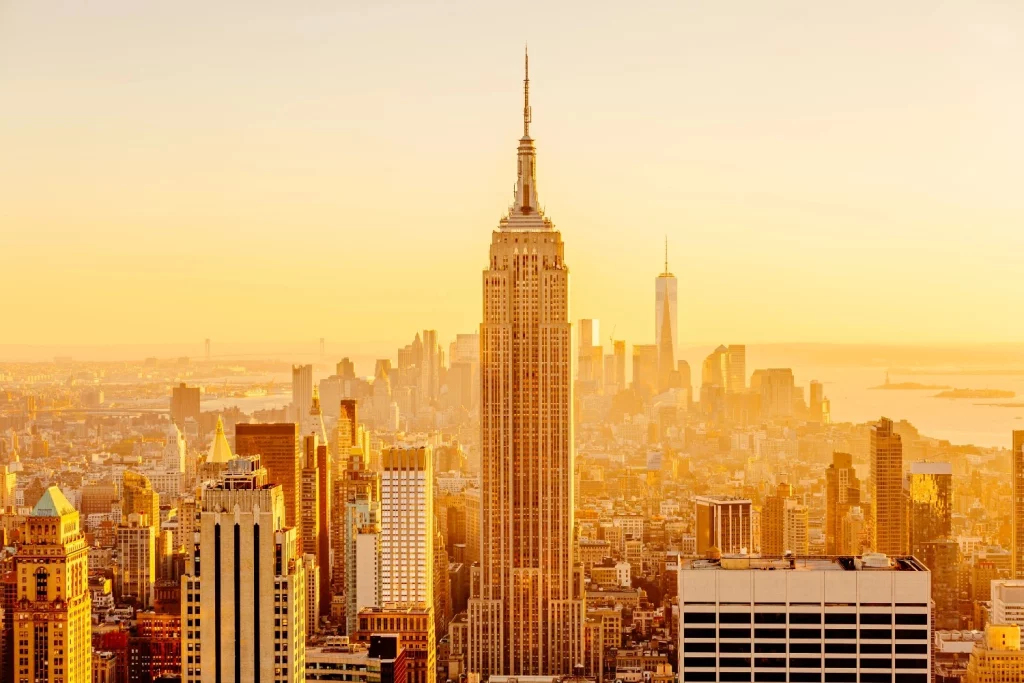
The Defining Features of Art Deco
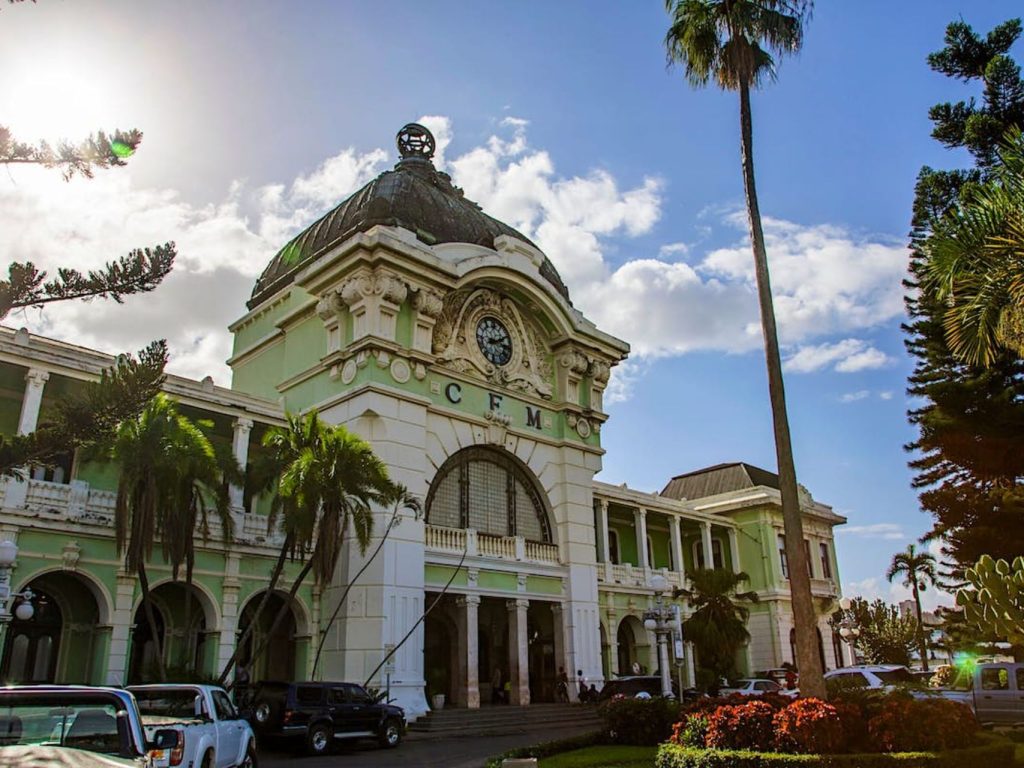
Art Deco architecture is characterised by bold geometric forms, stepped silhouettes, and stylised motifs inspired by nature, speed and technology. Buildings of this style often feature strong vertical lines, chevron patterns, zigzags and sunburst designs that create a sense of upward motion and dynamism. Materials such as marble, aluminium, chrome and glass were used not only for their durability but for their luxurious appeal, reflecting light in ways that symbolised modern progress. Interiors were often adorned with lacquered wood, rich colours and intricate detailing that balanced elegance with innovation. Art Deco’s central philosophy was harmony — where every element, from façade to furniture, worked together to express sophistication, symmetry and the optimism of the age.
The Origins and Global Spread
Though born in Paris, Art Deco found fertile ground in cities that embodied ambition and advancement. In the United States, the style reached its zenith with the rise of the skyscraper. New York became the unofficial capital of Art Deco with the construction of the Chrysler Building and the Empire State Building, whose facades captured the drama and aspiration of the American Dream. In Miami, the movement found a tropical reinterpretation with pastel tones, curved corners and nautical details that softened its angular geometry into beachside glamour. Across the world in India, Mumbai emerged as an unexpected Deco gem. Along Marine Drive and in Churchgate, architects adapted the style to the local climate, incorporating Indian motifs and materials into its sleek design vocabulary. The result was a unique synthesis that earned the city UNESCO World Heritage recognition. Paris, of course, retained its original grandeur with buildings such as the Théâtre des Champs-Élysées and the Palais de Chaillot, while Napier in New Zealand famously rebuilt itself entirely in the Art Deco style following the 1931 earthquake, transforming tragedy into an architectural renaissance.
Famous Buildings That Defined the Style
Among the most celebrated Art Deco masterpieces is the Chrysler Building in New York, designed by William Van Alen in 1930. Its stainless-steel crown, shaped like the spokes of a car wheel, remains one of the most iconic silhouettes in the world. The Empire State Building, completed a year later, captured the sheer ambition of the era, its clean lines and monumental scale symbolising human achievement. In Paris, the Palais de Chaillot stands as a tribute to European elegance and proportion, while Mumbai’s seaside Marine Drive buildings show how Deco could adapt to local cultures and climates. Napier’s city centre in New Zealand remains a rare example of an entire urban landscape built in one unified architectural style, an open-air museum of Deco design and resilience.
The Decline and Revival of Art Deco
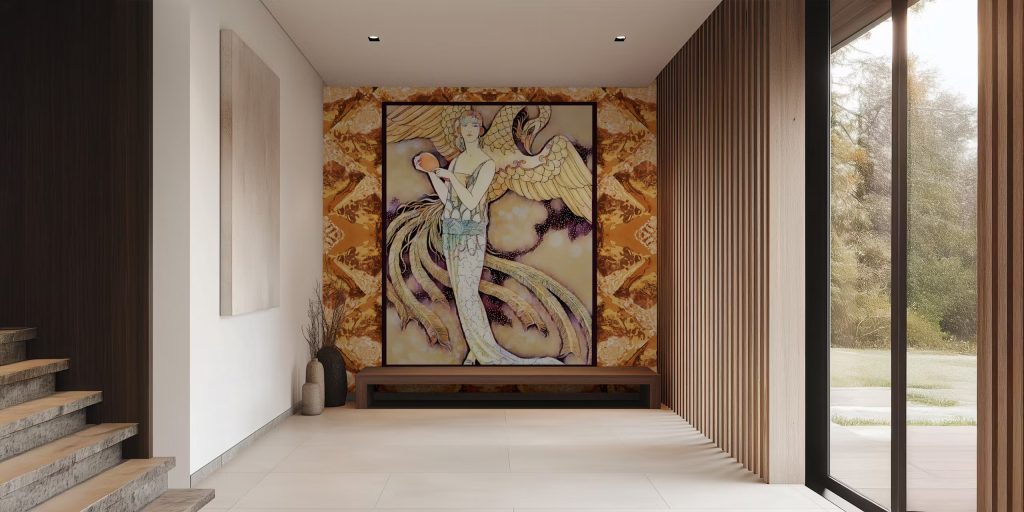
By the 1940s, Art Deco’s lavish ornamentation began to give way to the cleaner minimalism of Modernism. The focus shifted from decoration to pure function, and for a time Deco was dismissed as a glamorous relic of the past. Yet, as the decades passed, appreciation for its craftsmanship and character returned. In the 1980s and beyond, architects and designers rediscovered its enduring appeal, celebrating it not as a relic but as a symbol of timeless design. Today, preservation efforts in cities such as Miami, Mumbai and New York have turned Art Deco districts into vibrant cultural landmarks, attracting tourists and enthusiasts from around the world.
A Legacy of Light and Luxury
Art Deco remains a testament to human creativity at a moment when the world dared to look forward with hope. Its fusion of art and industry, elegance and efficiency, continues to inspire architects and designers a century later. Whether expressed in a soaring skyscraper or a seaside pavilion, Art Deco architecture reflects the power of design to elevate the everyday into something extraordinary. It is not merely a style of the past but a celebration of optimism, craftsmanship and beauty that still gleams wherever modernity meets imagination.
